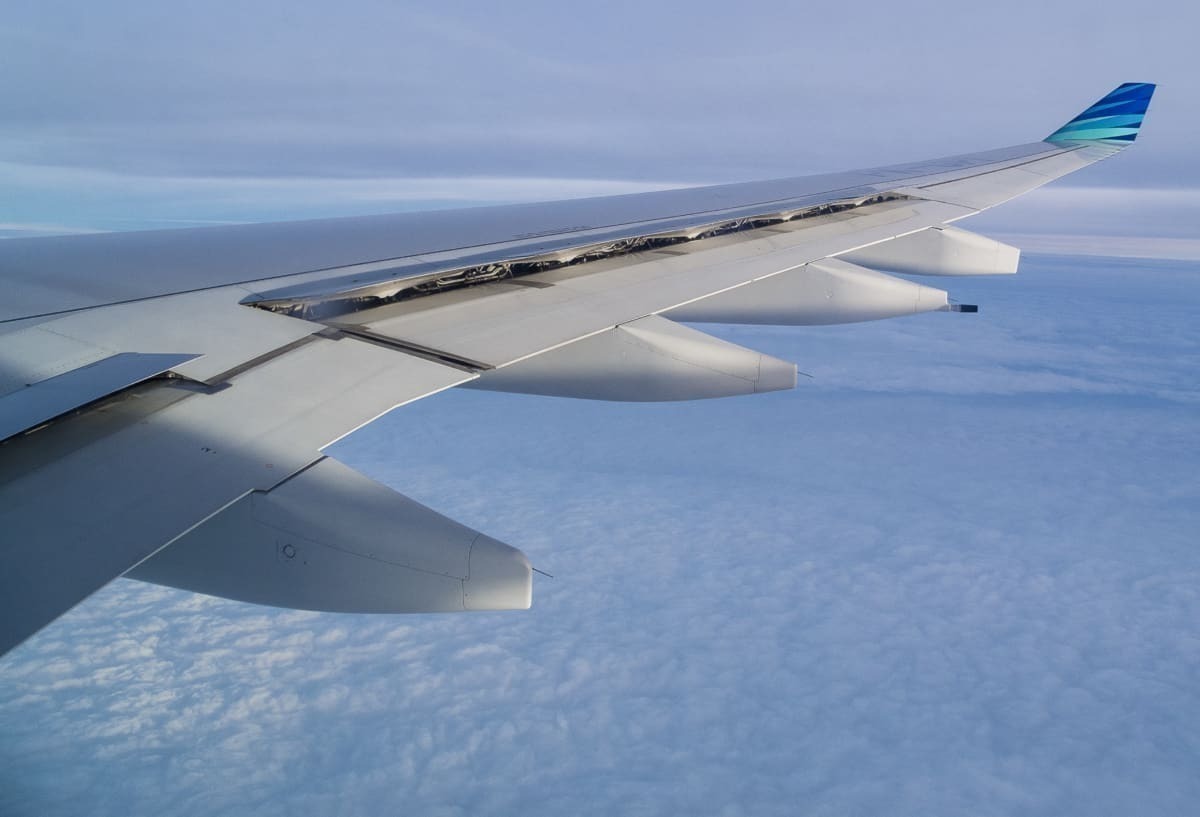You’ve probably heard of ailerons and elevators in relation to aircraft and, if you’ve had a view of the wings during a flight, you’ll undoubtedly have seen the ailerons in action. They are among a number of control surfaces that are used to maneuver an airplane in flight by altering the airflow over the wings, stabilizers, and tail.

What are ailerons?
The ailerons are horizontal flaps located near the outer end of an aircraft’s wings and are used to bank the plane to facilitate a turn. The left and right ailerons usually work in opposition to each other, so when the right aileron is raised, the left is lowered, and vice versa.
Operating the ailerons results in one wing generating more lift than the other, which creates a rolling motion allowing the plane to bank to the right or left. Depending on the type of aircraft, they are operated by the pilot moving the stick to the left or right or turning the wheel.




What are Elevators?
At the rear of the aircraft, the small wings are called the horizontal stabilizers. The elevators are the hinged flaps located on the trailing edge of the stabilizers. The elevators work together to either raise or lower the tail of the plane, which results in the nose pointing down or up respectively, and enabling the aircraft to climb or descend. This is known as pitch. The pilot operates the elevators by moving the control column forwards or backward.




How ailerons work
When the aileron on the right is raised and the left aileron is lowered. This creates a disruption to the airflow, which leads to an increase in the downforce and a decrease in lift on the right wing, and an increase in lift on the left wing. As a result, the aircraft will rotate around its roll axis, and the path of its flight will curve. This is what we know as a banked turn.
On some larger aircraft, banking is achieved by deploying spoilers that lift from the center of the wing to disrupt – or spoil – the airflow over the surface. A spoiler only affects the airflow over one wing producing an unbalanced force with the other wing and causing the plane to roll.




How elevators work
The horizontal stabilizers at the rear of the fuselage provide stability and help to keep the aircraft level in flight. The elevators work in pairs and can be moved up or down to vary the force generated by the surface of the tail, which in turn controls the pitching motion of the plane.
Moving the elevators upward increases downforce on the tail to push it down and brings the nose of the plane up, allowing it to climb. The elevators will be deployed upward during take-off.
With the elevators down, lift is increased on the tail, pushing it up and bringing the aircraft’s nose down. This will cause the plane to descend, as when preparing for landing.
The most dramatic use of control surfaces can be seen during an aerobatic display. Ailerons can be used to perform a barrel roll, while looping-the-loop involves the skillful use of the elevators.



